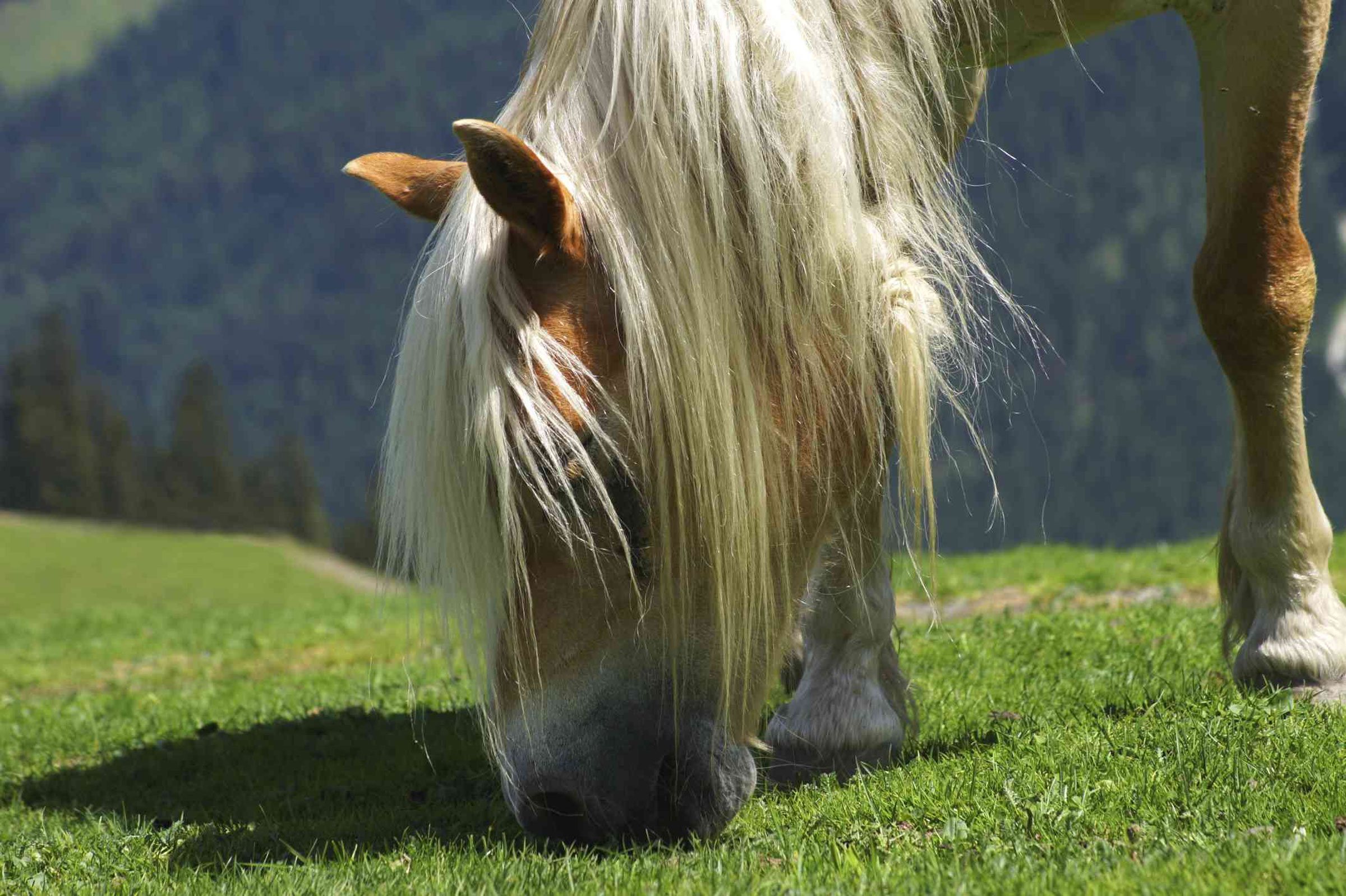
If you plan to graze some paddocks in the fall and into winter, keep horses off those areas during late summer if there is adequate moisture to provide some regrowth before fall. If you have grazed a pasture or paddock through summer, you need to get it ready for winter by removing the horses before they graze it too short.
If a paddock has been grazed most of the summer and the grass is relatively short, pull the horses off that pasture so it can regrow before cold weather ends the growing season.
“You might want to fertilize in late summer to stimulate the grass and have more fall grazing, but remember that the pasture still needs to have some reserves to go into winter,” said Dr. Bob Coleman, state extension specialist at the University of Kentucky College of Agriculture.
“In most cases, it is better to leave your horses off that pasture until the next grazing season to let it grow back and be more productive in the spring,” he said. “That way you are giving it a rest over the winter. Even when grass is dormant in winter, make sure the horses are not grazing it all the way down, reducing the reserves the grass will need in order to come back in the spring.
“During winter, horses will keep grazing even if you are feeding hay,” said Coleman. “They can be hard on a pasture if they keep grazing it shorter, so you need a plan to protect it and get them off it for winter. Just because you are feeding hay, this won’t keep them from grazing if they are still out on pasture. Grazing is their normal behavior and they want to keep eating grass; maybe they think it tastes better than the hay.
“It’s best to have about 8 to 10 inches of forage height for grazing, and try to stop grazing when it gets down to 3 inches, but there will be some places the horses eat it down shorter, and other areas they leave some. Recommendations are to remove the horses when the average height of the grass gets down to about 3 to 4 inches. Some areas will still be 6 or more inches, while other areas are down to 2 inches; you are looking at the average height.”
Some of those tall areas will not be grazed much at all, so you can’t wait until those get grazed down or the horses will seriously abuse the short areas.
“The only way you can more uniformly graze a paddock is to use temporary fencing, giving the horses only one small area at a time. Then you can make them eat that for a day or two before moving them to the next area. That way you are not leaving them for weeks or months on the same pasture.
Without rotational grazing, we get lawns (areas that are chewed down very close) and roughs (tall patches that are never eaten) and weeds can come into the overgrazed areas. For the health of the pasture, graze rotationally, and remove horses from heavily grazed areas in time for some regrowth before winter.
A hard-used pasture should always be rested before winter. Any bare ground will be torn up by hoof traffic if it gets wet, tearing out some of the grass plants, so it’s better to leave the horses off of it.


